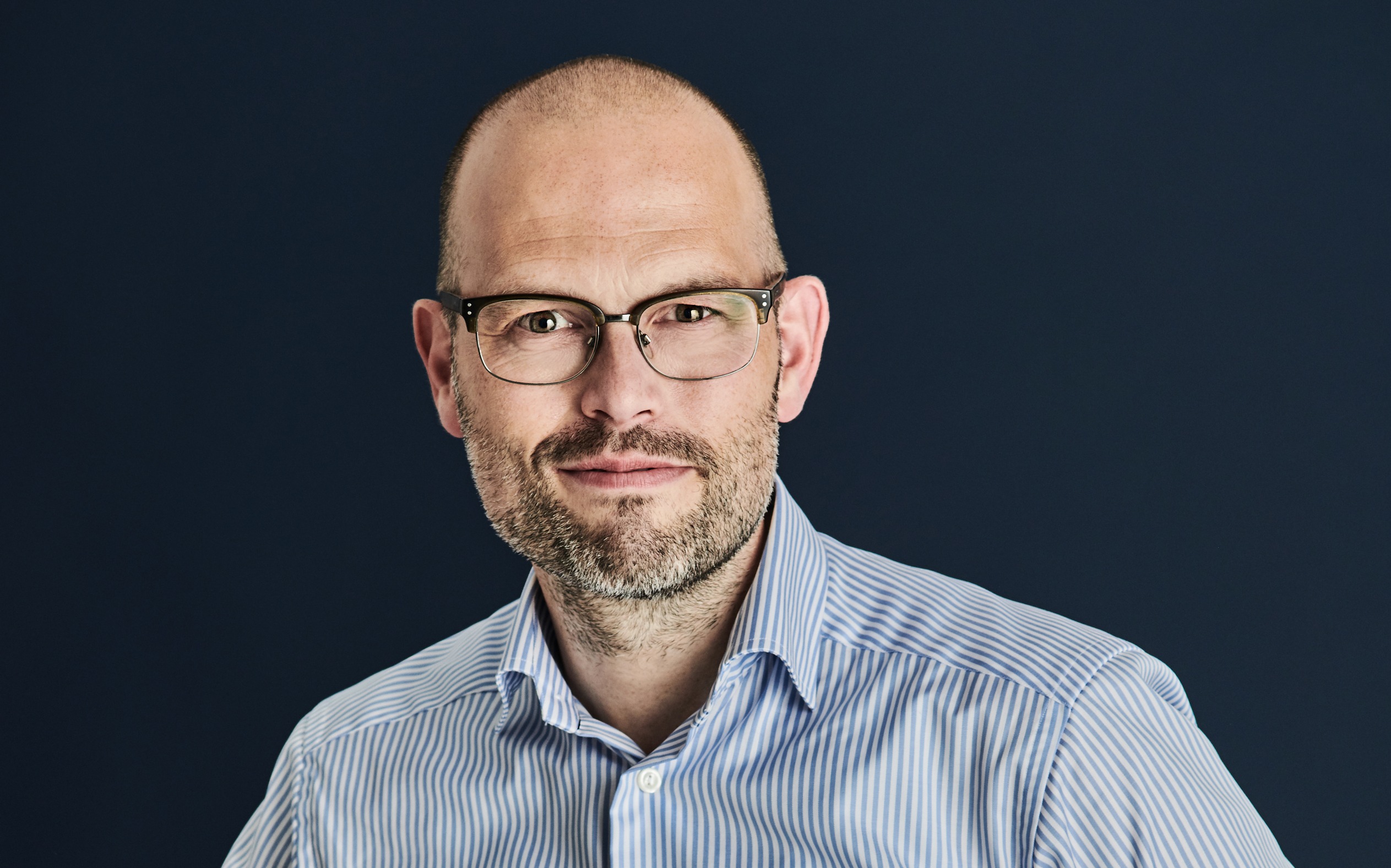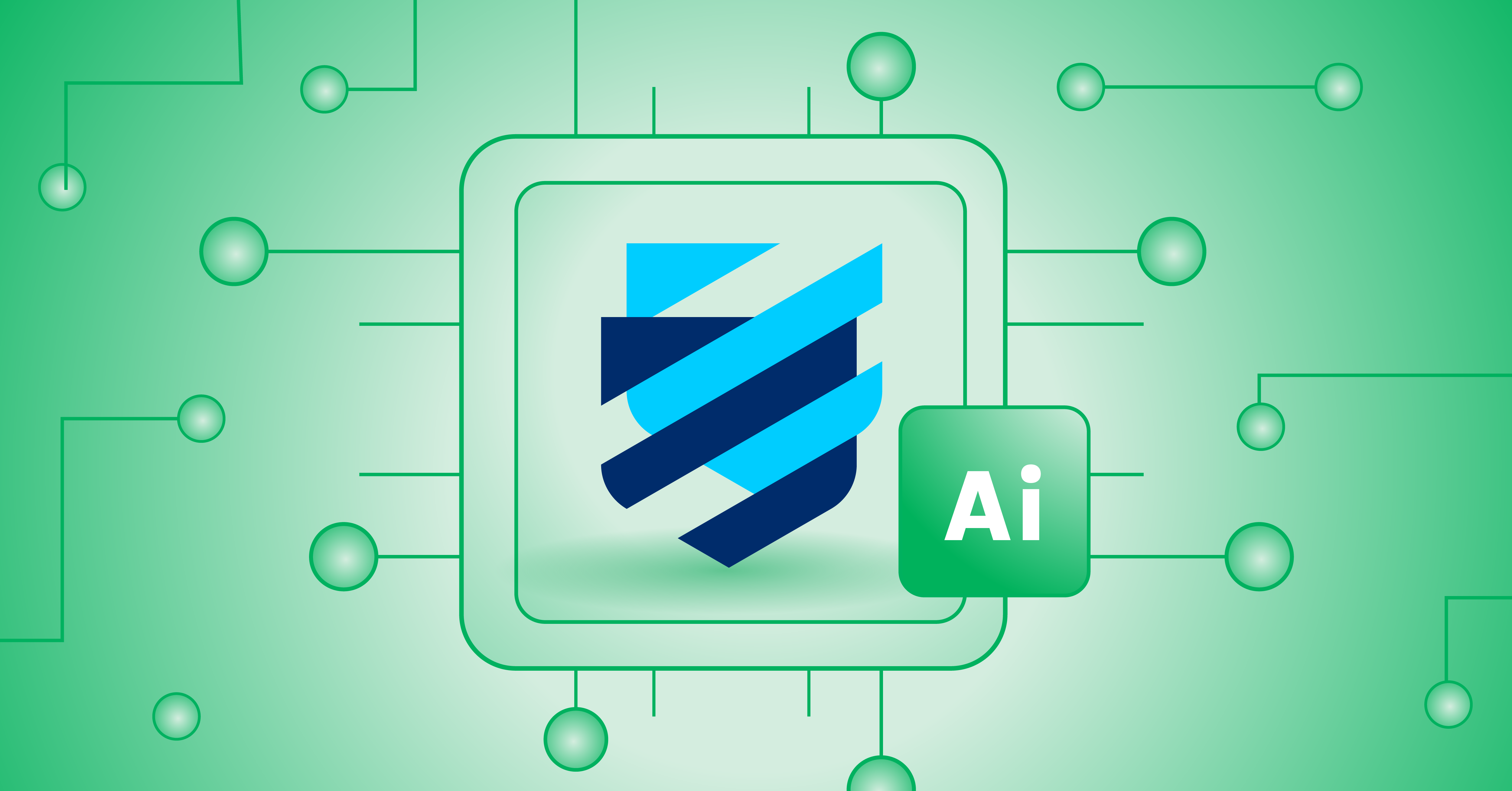- Okt. 7, 2021
- 4 min
Headless architecture is Tinder for content and commerce
Magnolia in Aktion
Unser Expertenteam zeigt Ihnen live, was Magnolia für Sie leisten kann.
Jetzt Demo buchenEvery eleven seconds, a CMS falls in love with a commerce system. Whereby "CMS" can be replaced at any time by PIM, CRM, ERP, ticket system or similar. Because to be more precise, this is a polyamorous relationship. Here, big feelings flow freely between your IT systems. Now, just swap "big feelings" for the word "information" and consider if there is a free data exchange between all your systems - or better information silos. For most companies, the romance is now over.
Love that really counts
Yet, there is a technical solution that enables the free flow of information not only between IT applications themselves, but even to your customers via electronic touchpoints. And actually, that's what counts: Your customers' love, or at least appreciation of your brand and your products. But how do you make customers love buying from you again and again? It's the USER EXPERIENCE!
Frustration is a relationship killer
Imagine the following everyday scenario:
A customer wants information about one of your products via your website, such as performance parameters, dimensions, prices, availability, delivery details or similar. This information is distributed in the PIM, commerce system, various product databases or the ERP. In classic IT landscapes, this information either can't be retrieved or comes incomplete if it can be, leading to frustration on the part of the customer, which is often enough to prompt them to take a look at your competitors.
Headless improves the user experience
In a headless architecture, data from all systems flows via standard interfaces (API) to a higher-level application. Here, the desired information is requested from the data-supplying systems in split seconds, compiled, and delivered to the customer. All of this happens with the same CD-compliant look and feel, regardless of the device and channel.
Figuratively speaking, the many different frontends (i.e., the faces) of your systems are replaced by a unified frontend, the headless app. The backends continue to do their job as usual.
Advantage of the headless approach
1. No intervention in running system landscape
No need to switch or replace existing systems. This is one of the key advantages of the headless approach. Each tool continues to do what it does best. In IT parlance, this approach is called 'best of breed' - in other words, using the most suitable software for each task.
2. Low investment costs
In addition, you avoid high acquisition costs for license purchases, heavy flat rate maintenance fees and lengthy implementation of new proprietary IT programs.
3. Low barrier to entry and speed-to-market
With 'headless’ you can get started quickly, because not all data-supplying applications have to be integrated right from the start. Simply start with two or three systems. Your customers and your eSales will thank you for it.
4. Integration of additional tools becomes child's play
You want to introduce a new service from a third-party provider and integrate it into the headless architecture? This is easily done at any time and has no impact on the running processes. The same applies to updating to current program versions or a complete replacement, for example, changing the ecommerce system.
5. Efficient work organization & outsourcing
Due to the clear separation of systems, different teams work independently of each other. This allows them to establish customized technology stacks to work even more efficiently. For example, it’s possible to have a development team for the frontend and several backend teams for the individual systems. In the event of personnel bottlenecks in the company's own team, individual development tasks can easily be outsourced.
6. Easy provision of data for service partners
The data that flows together in the headless app can be made available to external service partners, for example for sales, support or logistics, without any problems via API.
7. Headless only knows winners
After the many technical and business advantages, there is also a social-psychological benefit. In classic IT infrastructures, strategic considerations are often characterized by either/or decisions.
Do we want to update the old program or introduce a new application?
Should the commerce system or the CMS be the 'leading' system?
No matter what the decision, there are always people who feel left behind.
With a headless IT architecture, there are only winners because all systems and the people behind them can simply continue to work as before.
Headless in love
Do you find this approach insanely attractive and are eager to learn more about it? No wonder with all the benefits.
Contact us and soon, your systems will fall in love too. We look forward to showing you how headless can benefit your business, too.










